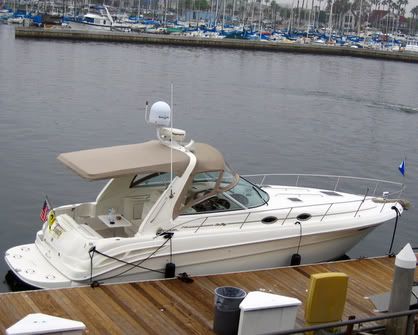Bounty
New Member
- Apr 12, 2007
- 82
- Boat Info
- Sundancer 340 mfg. 2000
Zodiac dinghy w/15HP Yamaha outboard
Village Marine Watermaker
Esterbeke
- Engines
- 454 Mercruiser V Drives
Well, the only amenity that my 340 Sundancer is really missing is a watermaker. For a 3-7 day jaunt over to Catalina Island, the one weak link in the boat's endurance is the constant need to ration water. I am looking at putting in a watermaker, and have received some interesting specifications. Anyone have comments about such a project?





